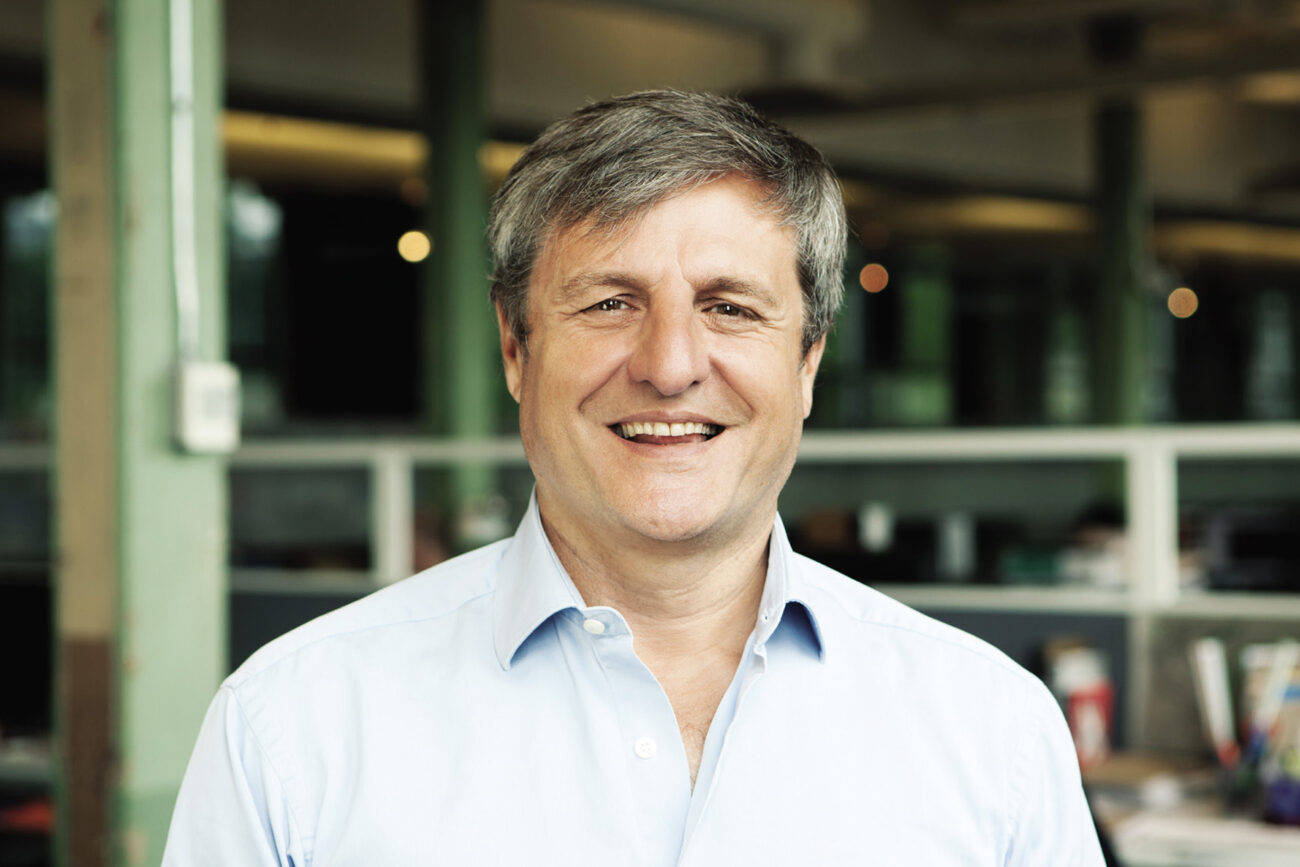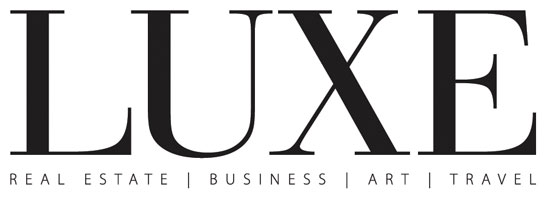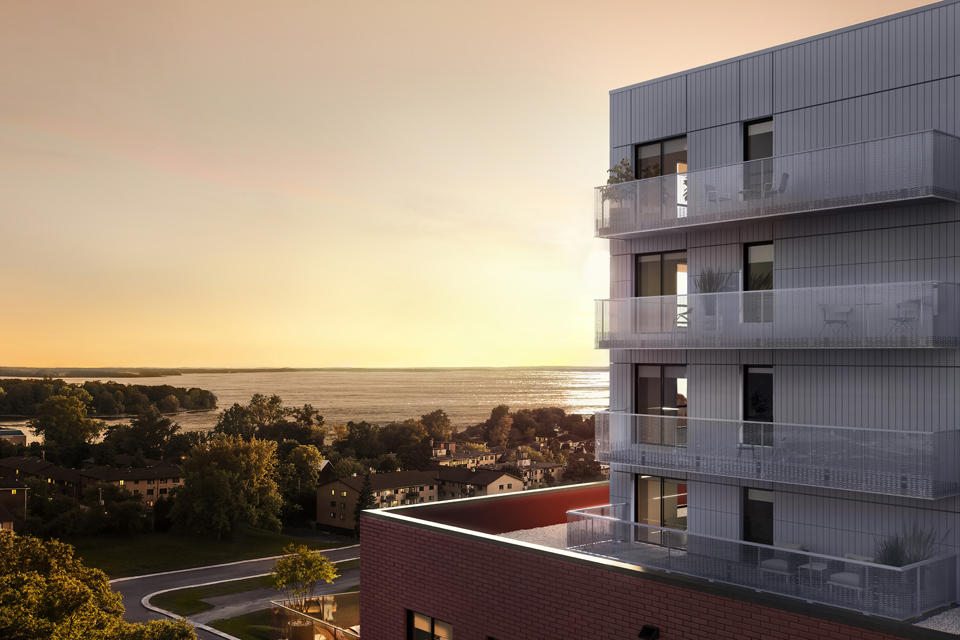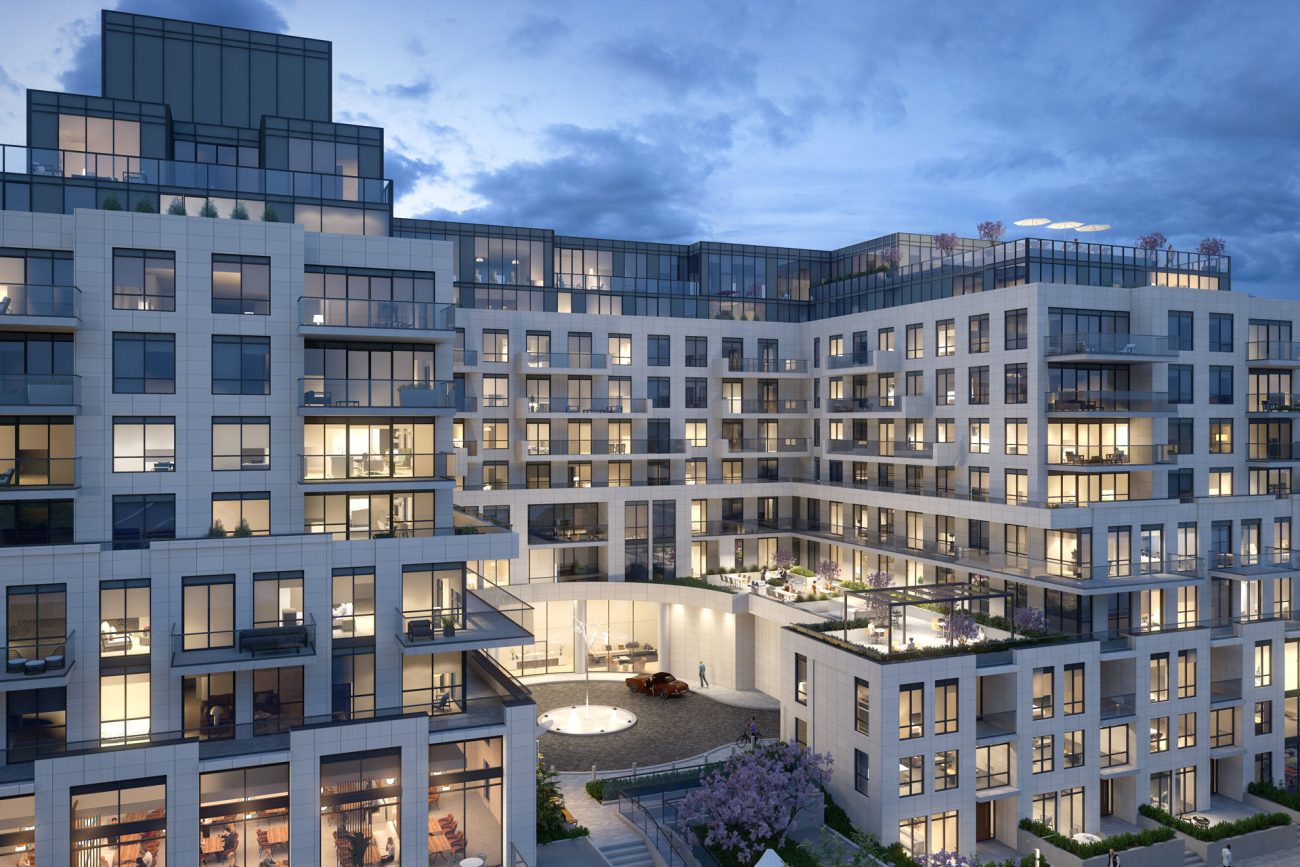Louis T. Lemay, President and Excellence Facilitator at Lemay architectural firm

The Lemay architectural firm, whose notable designs include the Bell Centre, celebrates its 60th anniversary this year. For the occasion, we sat down with President and Excellence Facilitator Louis T. Lemay.
YOUR COMPANY IS TURNING 60 THIS YEAR. TELL US ABOUT HOW IT HAS DEVELOPED SINCE ITS START.
The firm was founded in 1957. It followed along with the changes in Quebec society. As a French-Canadian company, it primarily had access to contracts from the Church and from schools. Then, with the Quiet Revolution, Expo ‘67, and the education investment program, it was awarded many contracts for high schools and CEGEPs. The private and corporate market was added in the 1980s, since more and more Quebec businesses were cropping up. In the ‘90s, Lemay was able to access public and private domains. And lastly, more recently, interior design, urban design, urban planning, landscape architecture, sustainable development, engineering, and branding have been incorporated into our service offering. We’re now an integrated firm that offers all of the built environment design services in order to create exemplary living spaces that benefit communities.
HOW DO YOU EXPLAIN YOUR SUCCESS?
I think it boils down to two main factors. First, we’ve always envisioned developing the company and believed that we could continuously improve it. We understood that our creativity and teamwork could help us reach our development and growth objectives while still taking into account our promise to offer what is best for the client. Second, thanks to our team’s skill, talent, and passion, we’ve carried out that vision. Day after day, their energy allows the firm to grow.
WHAT ARE YOUR GREATEST ACCOMPLISHMENTS?
It’s difficult to choose just one. I’d have to say designing the Bell Centre in the ‘90s, since that project encompassed so many of our values and allowed us to take things to the next level. Other than that, the greatest project is always the one that hasn’t been carried out yet, the one that’s coming tomorrow.
TELL US ABOUT SOME OF YOUR RECENT PROJECTS.
In Montréal, we’re leading several exciting projects: Humaniti, an exemplary initiative in terms of sustainable development carried out according to our unique integrated design approach; the Quartier de la Montagne project, which is combination of condos and hotels on De La Montagne Street; the transformation of Maison Alcan; and the design of Place Bell, which is to become an entertainment hub that will welcome the Canadiens’ farm team. In Québec City, we’re renovating the Grand Théâtre de Québec to ensure its longevity. And lastly, outside the country, we recently won an international competition to design a seaside promenade in Casablanca, Morocco, and we’re working on several hotel projects in New York.
WHAT DO YOU SEE FOR THE FUTURE OF YOUR COMPANY?
At the moment, as I just mentioned, we’re working around the world thanks to our integrated offering. In the near future, we hope to become the Canadian leader and take on even more work abroad. The potential is there.
WHAT IS YOUR VIEW OF MONTREAL ARCHITECTURE?
Montréal has changed a lot in the past 15 years. Collectively, even more can be done, but I think it has everything it needs to become a destination of choice for the quality of its living environment. The layout of its neighbourhoods, its diversity, and its downtown core that blends businesses, homes, offices, and culture in such a unique fashion makes it a city with incredible potential. I have tremendous confidence in its future.
WHAT ARE THE TRENDS IN MONTREAL ARCHITECTURE?
The trends are eclectic, but beyond the aesthetic lies the matter of sustainable development, which is at the heart of contemporary design. We need to create healthy living environments without any ecological footprint that will allow future generations to experience the best of our heritage. We have to think long-term. That’s what architecture is.
Text: Diane Stehle






